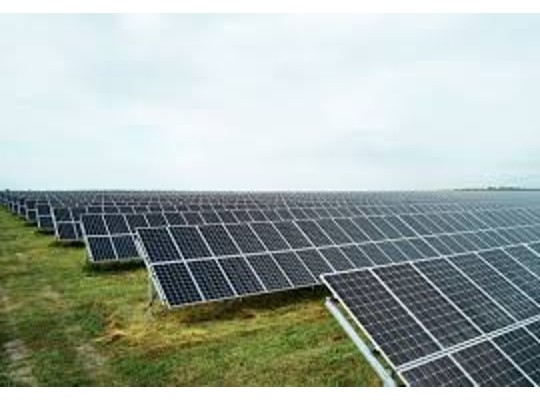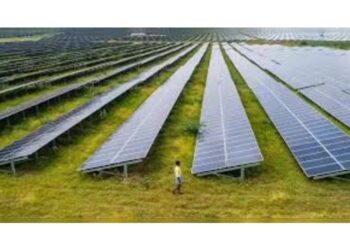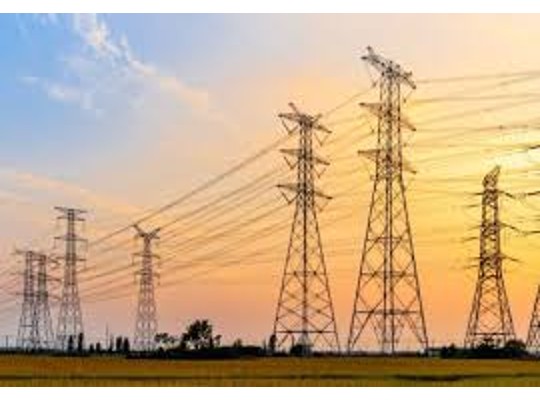Washington DC – A review by the SUN DAY Campaign of data newly released by the Federal Energy Regulatory Commission (FERC) reveals that the mix of renewable energy sources (i.e., biomass, geothermal, hydropower, solar, wind) accounted for over 90% of total U.S. electrical generating capacity added in the first two-thirds of 2024. Moreover, August was the twelfth month in a row in which solar was the largest source of new capacity and during which it provided nearly 100% of all new capacity.
Renewables were 99.8% of new generating capacity in August and 90.1% in first two-thirds of 2024:
In its latest monthly “Energy Infrastructure Update” (with data through August 31, 2024), FERC says 29 “units” of solar totaling 1,404 megawatts (MW) were placed into service in August along with one unit of biomass (3-MW). Combined they accounted for 99.8% of all new generating capacity added during the month. Natural gas provided the balance: 3-MW.
During the first eight months 2024, solar and wind added 16,546-MW and 2,270-MW respectively. Combined with 212-MW of hydropower and 6-MW of biomass, renewables were 90.1% of capacity added. The balance consisted of the 1,100 Vogtle-4 nuclear reactor in Georgia plus 977-MW of gas, 11-MW of oil, and 3-MW of “other.”
Solar was 99.6% of new capacity in August and 78.3% during the first eight months of 2024:
The new solar capacity added from January through August this year was more than double the solar capacity (8,248-MW) added during the same period last year. Solar accounted for 78.3% of all new generation placed into service in the first two-thirds of 2024.
New wind capacity YTD accounted for much of the balance – 10.7% but that was somewhat less than that added during the same time frame in 2023 (2,761-MW).
In August alone, solar comprised 99.6% of all new capacity added.
Solar has now been the largest source of new generating capacity added each month for twelve months straight: September 2023 – August 2024.
Solar plus wind are now 21% of U.S. generating capacity:
The combined capacities of just solar and wind now constitute more than one-fifth (21.0%) of the nation’s total available installed utility-scale generating capacity: wind – 11.74%; solar – 9.21%.
However, approximately 30% of U.S. solar capacity is in the form of small-scale (e.g., rooftop) systems that is not reflected in FERC’s data. Including that additional solar capacity would bring the share provided by solar + wind closer to a quarter of the nation’s total.
With the inclusion of hydropower (7.7%), biomass (1.1%) and geothermal (0.3%), renewables now claim a 30.1% share of total U.S. utility-scale generating capacity.
Solar’s share of U.S. generating capacity greater than either nuclear power or hydropower:
The latest capacity additions have brought solar’s share of total available installed utility-scale (i.e., >1-MW) generating capacity up to 9.2%, further expanding its lead over nuclear power (8.0%) as well as hydropower (7.7%).
Installed utility-scale solar has now moved into fourth place – behind natural gas (43.3%), coal (15.7%) and wind – for its share of generating capacity.
Solar will soon become the second largest source of U.S. generating capacity:
FERC reports that net “high probability” additions of solar between September 2024 and August 2027 total 91,167-MW – an amount more than four times the forecast net “high probability” additions for wind (22,159-MW), the second fastest growing resource.
FERC also foresees growth for hydropower (1,280-MW), biomass (124-MW), and geothermal (90-MW). On the other hand, there is no new nuclear capacity in FERC’s three-year forecast while coal, oil, and natural gas are projected to contract by 21,377-MW, 2,114-MW, and 1,606-MW respectively.
If FERC’s current “high probability” additions materialize, by September 1, 2027, solar will account for more than one-seventh (15.2%) of the nation’s installed utility-scale generating capacity. That would be greater than either coal (13.2%) or wind (12.6%) and substantially more than either nuclear power (7.5%) or hydropower (7.3%). The installed capacity of utility-scale solar would thus rise to second place – behind only natural gas (40.3%).
Meanwhile, the mix of all renewables would account for 36.4% of total available installed utility-scale generating capacity – rapidly approaching that of natural gas – with solar and wind constituting more than three-quarters of the installed renewable energy capacity.
The combined capacities of all renewables, including small-scale solar, remain on track to exceed natural gas within three years:
As noted, FERC’s data do not account for the capacity of small-scale solar systems. If that is factored in, within three years, total U.S. solar capacity (i.e., small-scale plus utility-scale) is likely to surpass 300-GW. In turn, the mix of all renewables would then exceed 40% of total installed capacity while natural gas’ share would drop to about 37%.
Moreover, FERC reports that there may actually be as much as 212,412-MW of net new solar additions in the current three-year pipeline in addition to 67,395-MW of new wind, 8,944-MW of new hydropower, 199-MW of new geothermal, and 195-MW of new biomass. Thus, renewables’ share could be even greater by late summer 2027.
“Every month, for a full year now, solar has led the pack in providing new U.S. generating capacity,” noted the SUN DAY Campaign’s executive director Ken Bossong. “And it is poised to continue dominating capacity additions for at least the next three years.”













